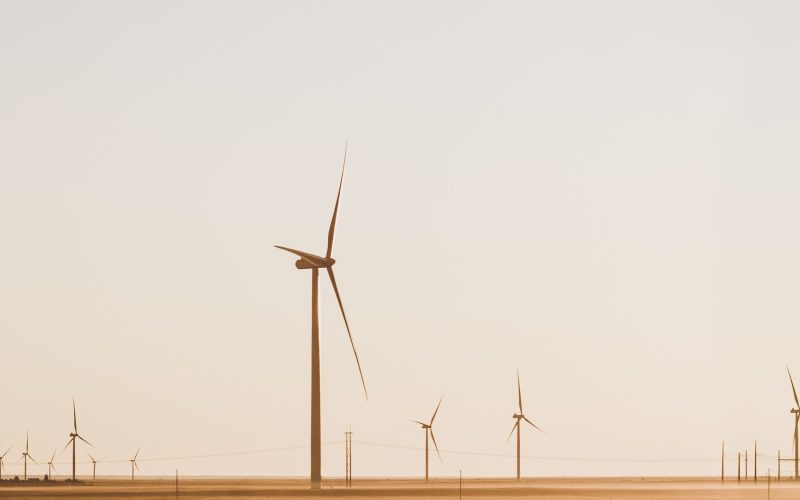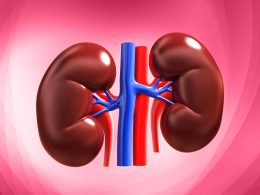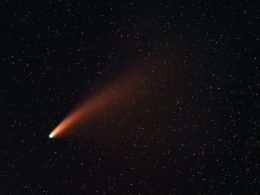Are you curious about how water can generate electricity? Hydropower, also known as hydroelectric power, has been around for centuries and is one of the most reliable sources of clean energy. By harnessing the power of moving water, hydropower produces electricity with minimal impact on the environment. In this blog post, we’ll dive into the fascinating world of hydropower and explore how it works, its pros and cons, and its role in generating electricity in the United States. So sit back, relax, and let’s decode hydropower together!
What is Hydropower?
Hydropower is a form of renewable energy that uses the force of moving water to generate electricity. It’s one of the oldest and most established forms of renewable energy, with evidence suggesting that humans have been using hydropower for thousands of years.
The basic principle behind hydropower is simple: fast-moving water turns a turbine, which in turn drives a generator to produce electricity. Hydropower plants can range from small-scale systems used by individual households to large-scale facilities capable of generating hundreds or even thousands of megawatts.
One major advantage of hydropower is that it’s reliable and consistent. Unlike wind and solar power, which are dependent on weather conditions, hydropower can be generated 24/7 as long as there is flowing water available.
Another benefit of hydropower is that it produces clean energy without emitting harmful greenhouse gases or pollutants into the atmosphere. This makes it an attractive option for countries looking to reduce their carbon footprint and transition towards more sustainable sources of energy.
However, the construction and operation of large-scale hydroelectric dams can have significant environmental impacts, such as altering river ecosystems and displacing local communities. As such, finding ways to balance the benefits and drawbacks associated with this important source of clean energy remains an ongoing challenge for policymakers around the world.
How does Hydropower work?
Hydropower is a renewable source of energy that harnesses the power of water to generate electricity. The process begins with the construction of a dam, which creates an artificial reservoir. The water from this reservoir is then released through turbines, which are located at the base of the dam.
As the water flows through these turbines, it causes them to spin. This motion generates kinetic energy which is then converted into electrical energy by generators attached to the turbine shafts.
Hydropower plants can be either run-of-the-river or storage systems. Run-of-the-river plants operate continuously and generate electricity as long as there is sufficient water flow in rivers or streams. Storage systems store excess water during periods of high flow and release it when demand for electricity increases.
One important aspect to consider in hydropower generation is environmental impact. Dams constructed for generating hydroelectricity may alter natural river ecosystems and impact local wildlife habitats if not designed properly.
Hydropower remains one of the most effective forms of clean energy production available today due to its consistent output and reliable infrastructure capabilities.
The Pros and Cons of Hydropower
Hydropower is an attractive source of energy because it produces clean electricity with no emissions, and the source – water – is renewable. However, there are both pros and cons to using hydropower as a primary source of electricity.
One advantage is that when water flows through turbines in hydroelectric power plants, it generates dependable energy around the clock which can supplement other forms of energy like solar or wind. Additionally, dams have multiple uses such as flood control and irrigation along with generating electricity.
However, there are negative consequences to relying on hydropower alone. One major disadvantage is that damming rivers has serious impacts on fish populations like migratory salmon by blocking their access upstream to breeding grounds. Furthermore, large-scale projects such as dams can cause significant environmental damage by flooding vast areas of land resulting in habitat loss for wildlife.
Another drawback is that building these facilities requires a huge amount of capital investment upfront which makes it difficult for smaller companies; therefore requiring government incentives or subsidies for private investors.
Furthermore, droughts could severely affect the production capacity at hydroelectric power plants where low rainfall would result in reduced water flow which leads to lower output levels thus creating a fluctuation in supply chain operations depending upon seasonal changes.
While hydropower offers many benefits particularly its ability to generate clean energy non-stop , we must also be mindful about its drawbacks including potential ecosystem damage and high initial costs before implementing them widely.
Hydropower in the United States
Hydropower is an important source of electricity in the United States, accounting for about 7% of the nation’s total electricity supply. The country has a large number of hydroelectric power plants that generate clean energy from falling water.
The Pacific Northwest region of the US produces a significant amount of hydropower and has some of the largest hydroelectric dams in the world, such as Grand Coulee Dam on the Columbia River. Other notable hydroelectric dams include Hoover Dam on the Colorado River and Glen Canyon Dam on Lake Powell.
In recent years, there has been growing interest in small-scale hydropower projects, which can be installed on streams and rivers to generate electricity for individual homes or businesses. These projects are often less expensive than large-scale hydropower facilities and can provide renewable energy to areas that are not connected to traditional power grids.
Despite its benefits, however, hydropower also poses certain environmental risks. Large dams can disrupt natural ecosystems by altering river flows and habitats for fish species such as salmon. In addition, dam failures have occurred in the past due to poor maintenance or unexpected events like earthquakes.
While hydropower remains an important source of clean energy in the US, it is crucial to carefully consider both its benefits and drawbacks before implementing new projects or expanding existing ones.
Conclusion
To sum up, hydropower is a renewable energy source that harnesses the power of moving water to generate electricity. It has been around for centuries and continues to be an important source of clean energy across the world.
Hydropower’s many advantages include its reliability, affordability, and ability to help reduce greenhouse gas emissions. However, there are also some drawbacks to consider such as environmental impacts and limited availability in certain areas.
Despite these challenges, hydropower remains a vital part of our energy mix in the United States and beyond. With continued research and investment into new technologies that can make it even more efficient and less harmful to the environment, we may see even greater benefits from this powerful resource in the years ahead.
So whether you’re interested in reducing your carbon footprint or simply want to learn more about different types of renewable energy sources available today, learning about hydropower is definitely worth your time!










